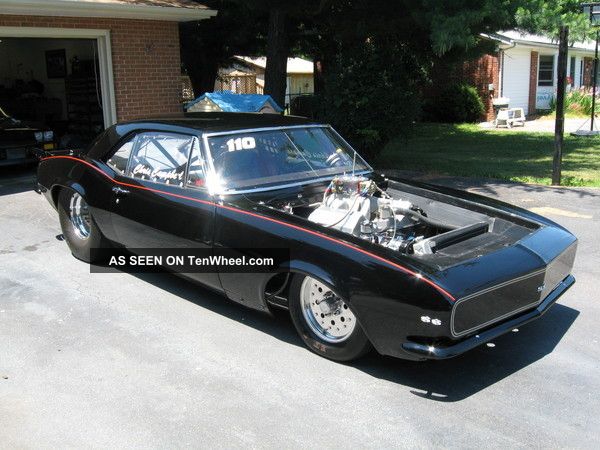

Reducing drag during acceleration is always a good thing. Wings/spoilers added for traction purposes, body drag reduction), there may be merit to making these changes. Limited slip differentials: Putting power down to both wheels to aid tractionĭrivetrain weight distribution: Moving heavy items like batteries toward the rear of a rear wheel drive vehicle will aid traction.Īerodynamic: In classes where aerodynamic modifications can be made (i.e. Gearing: Gearing for the engines power band will use the power the engine produces in the most efficient way.

Increasing power: Forced induction (Super/turbochargers), freer flowing intake/exhaust, fuels Powertrain: Depending on the drive configuration and class regulations, there are modifications that can be made to the powertrain to increase power, maximize its delivery to the tires, and optimize weight distribution. Packaging of components for optimal weight distribution within the chassis.

#Long drag race car driver#
Where no suspension is used, the chassis can be designed to provide additional flex that enables weight to be transferred.Ĭhassis: The driver safety cell, engine/driveline/aero component mounts and chassis flexibility are key considerations. Consequently, you should design rear suspension geometry carefully, and match springs and shocks for the expected forces. The force vector that originates from the tire contact patch, through the instant center of the suspension and into the chassis determines a great deal about how weight is transferred to the rear tires throughout the run. On rear drive vehicles, it is important to ensure the geometry of the rear suspension has the correct amount of anti-squat. Suspension: Suspension, within the rules should permit maximum weight transfer to the driving tires and remain compliant to the road surface. As the front of the car is frequently lifted off the ground, care must be taken to ensure even Left/Right weight distribution and that the suspension and tires are setup as closely as possible to give a straight launch. The greater the weight transferred the better to increase grip and reduce wheel spin.

Weight Distribution: Weight transfer to the driving tires upon launch is critical in drag racing. Handling, suspension and powertrain are especially important as both areas directly affect how the power is generated, how it is transferred to the tires, and how the car's weight distribution is used to generate traction and acceleration. To build a drag racer from scratch requires design knowledge in handling, chassis, suspension, powertrain, aerodynamic and safety.
#Long drag race car pro#
Racing is held on local drag strips in almost every part of the world.ĭragster, Funny Car, Top Dragster, Super Comp, Comp, Top Alcohol Funny Car, Top Alcohol Dragster, Pro Stock, Top Fuel Build Your Own Scratch-Built Drag Racer Knowledge Level Two styles predominate: Those with a body shell that appears like a production car, and dragsters which are long, slender single seat machines. Scratch-built drag racers are built in two configurations: Front engine-Rear Drive and Mid-Engine-Rear Drive. As the classes progress, bigger horsepower and bigger driving tires appear, alongside more safety and traction aids. No other type of race car is capable of generating as much acceleration and speed as the top scratch-built drag racers (Over 300 mph (480 km/h) in just a ¼ mile (0.4 km)). Scratch-built drag racers are characterized by their unique chassis designs, slick tires and emphasis on maximum instantaneous straight line acceleration. As production cars were stripped of all but the essential components for racing, there was recognition that the production car chassis had disadvantages for producing maximum acceleration, one of which was weight.īy using a scratch-built tube frame that removed the disadvantages, and enabled new advantages such as better weight distribution, the scratch-built drag racer was born. Scratch-built (or purpose-built) drag racers evolved from early production-based drag car developments.


 0 kommentar(er)
0 kommentar(er)
